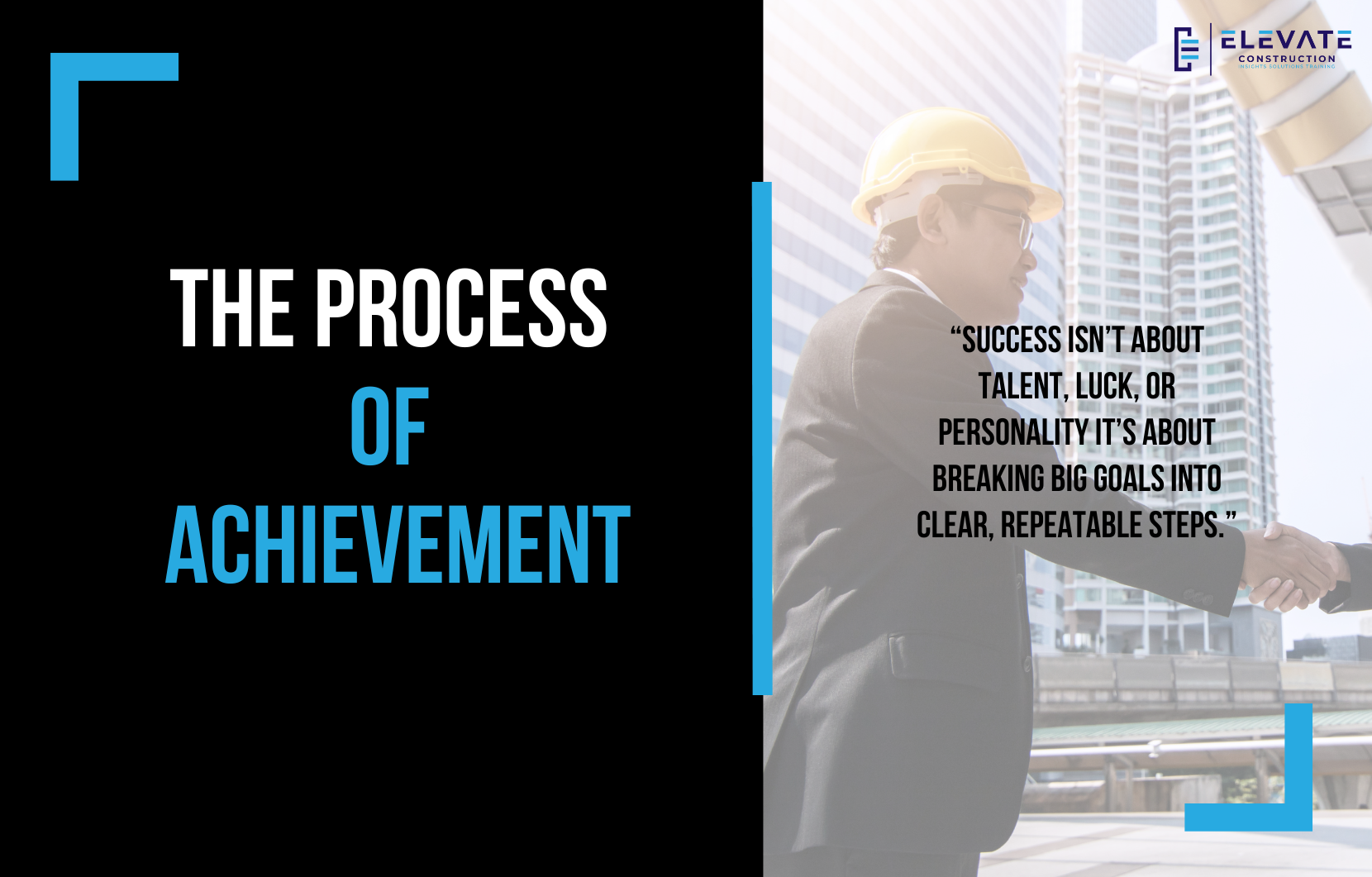The Critical Difference in Construction Leadership
There’s a massive difference between advancing a project and simply pushing people and the distinction can make or break a job.
Advancing is about strategy, foresight, and intelligent planning. Pushing is about forcing people forward without preparation, often creating chaos and burnout.
What Advancing Looks Like
Think of Jim Collins’ analogy, Get the right people on the bus, in the right seats, and then figure out where to drive the bus. Advancing is about driving that bus effectively leading the team in a coordinated, thoughtful way.
On the Lean Belt project, for example, we looked ahead to spot potential delays in switch gear and roof trusses. Instead of waiting for the full design to bid and start procurement, we initiated early releases for these long-lead items.
We also rethought the typical grading process. Instead of grading the entire site before starting the structure, we modeled the water lines, cleared the first pad, and planned to start building weeks earlier than the standard schedule would allow.
That’s advancing using strategy to create opportunities and remove roadblocks before they happen.
What Pushing Looks Like
Pushers don’t strategize. They don’t plan ahead. Instead, they pressure people and trades without solving the underlying problems.
It’s like an airport security checkpoint. A pusher crams more bags and people onto the belt without thinking about the bottleneck on the other side, piling luggage on top of itself and slowing everything down.
An advancer, on the other hand, focuses on clearing the bottleneck adding tables for repacking, assigning more agents to inspections, and increasing space for passengers to gather their belongings. They create flow instead of chaos.
Why It Matters
Advancing leaders:
- Identify long lead items early and act on them
- Use visuals, models, and sequencing to plan the work
- Focus on logistics, access, and preparation
- Create even flow and prevent problems before they happen
Pushing leaders:
- Demand speed without preparation
- Use toxic pressure as a management tool
- React to problems instead of preventing them
- Burn out teams and create avoidable delays
If I had to choose, I’d pay an advancing superintendent whatever they asked they save time, money, and morale. Pushers? They need retraining before they set foot on a job again.
Key Takeaway:
Great construction leaders don’t push they advance. Strategic advancement means anticipating problems, planning with precision, and creating flow for the team. Pushing without preparation only creates chaos, delays, and burnout.
If you want to learn more we have:
-Takt Virtual Training: (Click here)
-Check out our YouTube channel for more info: (Click here)
-Listen to the Elevate Construction podcast: (Click here)
-Check out our training programs and certifications: (Click here)
-The Takt Book: (Click here)
Discover Jason’s Expertise:
Meet Jason Schroeder, the driving force behind Elevate Construction IST. As the company’s owner and principal consultant, he’s dedicated to taking construction to new heights. With a wealth of industry experience, he’s crafted the Field Engineer Boot Camp and Superintendent Boot Camp – intensive training programs engineered to cultivate top-tier leaders capable of steering their teams towards success. Jason’s vision? To expand his training initiatives across the nation, empowering construction firms to soar to unprecedented levels of excellence.
On we go










